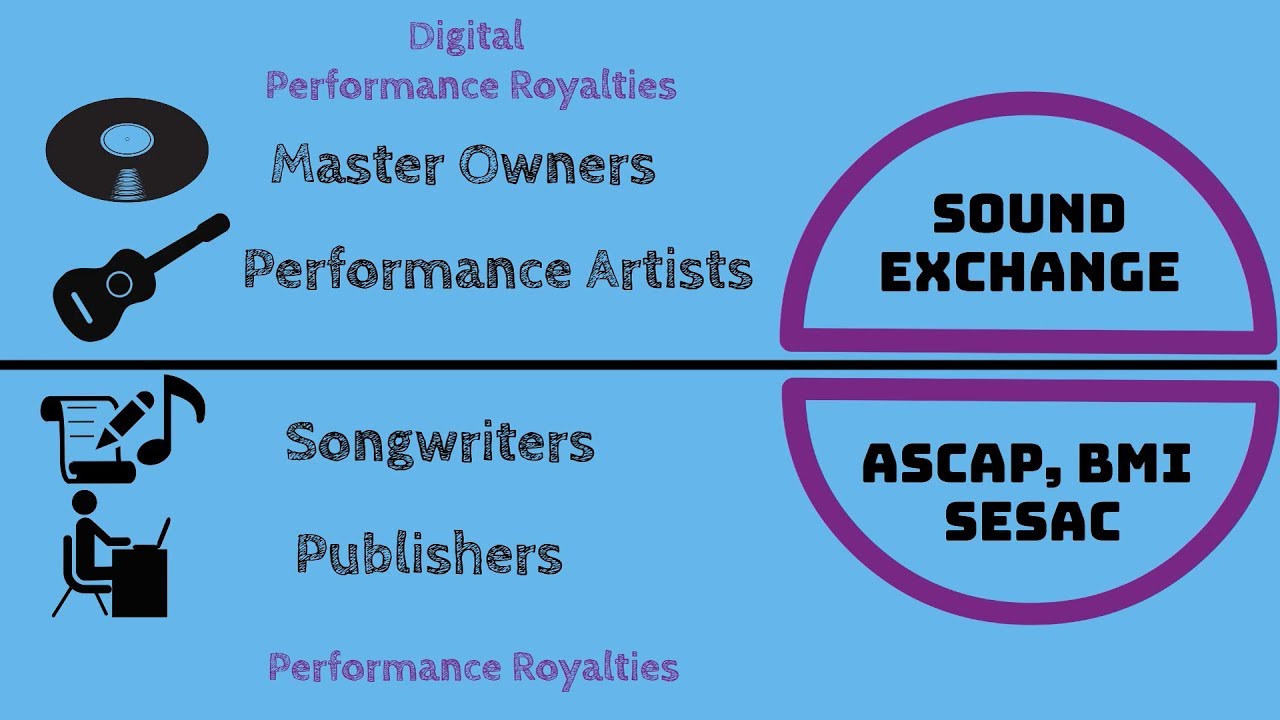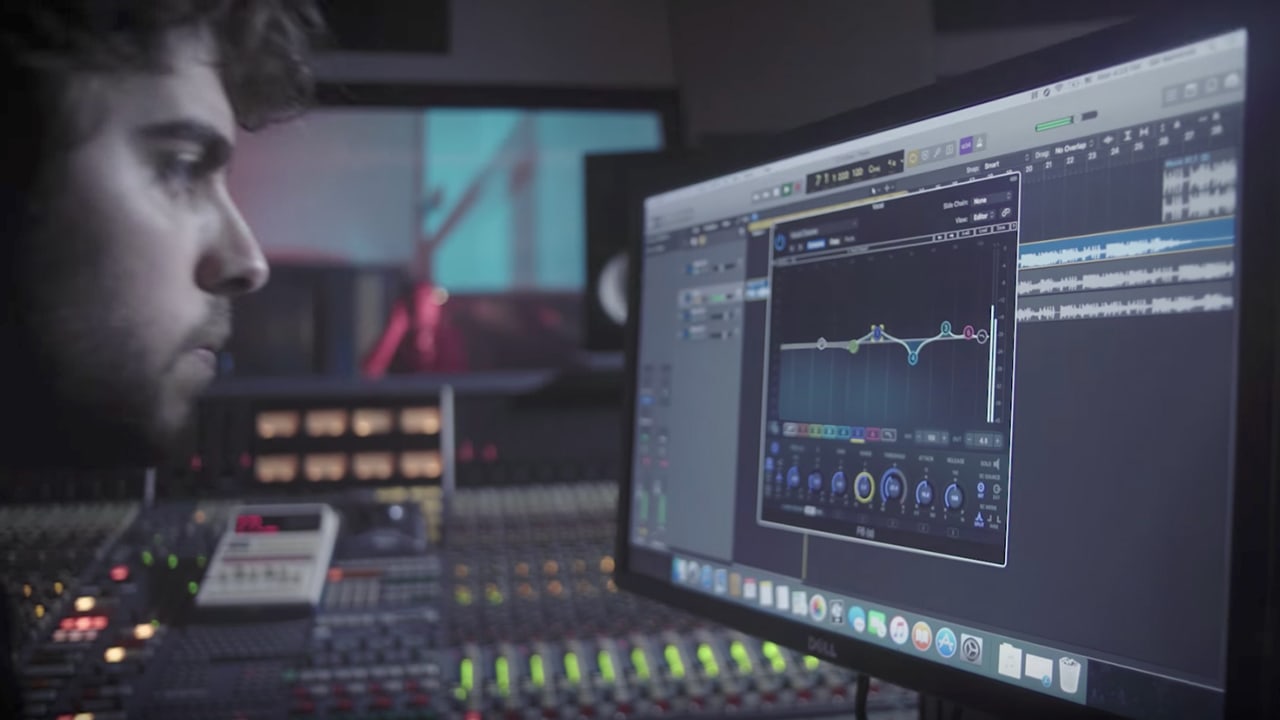
For independent musicians, the world of music royalties can be confusing and overwhelming. There are several organizations that manage and distribute royalties, and each has its own rules and requirements. One of the most important organizations for independent artists to know about is SoundExchange. In this blog post, we’ll explain who SoundExchange is, what they do, why independent artists need them, and how to use them.
Who is SoundExchange?
SoundExchange is a non-profit organization that collects and distributes digital performance royalties on behalf of recording artists and record labels. They were created in 2000 by the Recording Industry Association of America (RIAA) and represent over 230,000 recording artists and rights owners.
What does SoundExchange do?
SoundExchange’s primary function is to collect and distribute digital performance royalties for non-interactive digital music services. This includes streaming services like Spotify, Pandora, and Apple Music, as well as satellite and internet radio stations. Whenever your music is played on one of these services, SoundExchange collects the royalty on your behalf.
Why do independent artists need SoundExchange?
If you’re an independent artist, it’s essential to register with SoundExchange because they collect royalties that you might not be able to collect on your own. The process of collecting digital performance royalties can be complicated, and services like Spotify and Pandora might not have accurate information about who to pay. By registering with SoundExchange, you ensure that you’re getting paid for every digital performance of your music.
How to use SoundExchange
Using SoundExchange is straightforward, but there are a few steps you need to take to get started:
Step 1: Register with SoundExchange
The first step is to register with SoundExchange. You can do this online by visiting their website and creating an account. During the registration process, you’ll provide information about yourself, your music, and your rights ownership. This information is used to ensure that you’re paid accurately.
Step 2: Claim Your Music
Once you’re registered, you’ll need to claim your music. This means providing SoundExchange with a list of your recordings that are eligible for royalties. This list should include the title of the recording, the artist name, the record label, and the release date.
Step 3: Monitor Your Royalties
After you’ve registered and claimed your music, SoundExchange will start collecting royalties on your behalf. You can log in to your account at any time to see how much money you’ve earned and how many digital performances of your music have been reported.
Step 4: Get Paid
SoundExchange distributes royalties on a quarterly basis, and payments are made directly to your bank account. You’ll receive a statement from SoundExchange showing how much you’ve earned and how the payment was calculated.
Conclusion
SoundExchange is an essential organization for independent artists to know about. By registering with them, you ensure that you’re getting paid for every digital performance of your music on streaming services and internet radio stations. The registration process is simple, and once you’re set up, you can monitor your earnings and get paid on a regular basis. So if you’re an independent artist, don’t overlook SoundExchange – it could be the key to maximizing your music royalties. Especially after you’ve done a few campaigns with PlaylistStreams





















